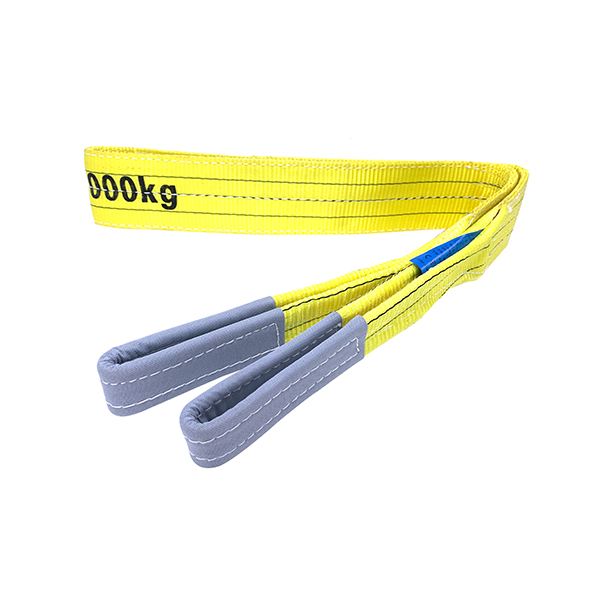How to release the ratchet belt
Ever wondered if you’re using a Polyester Flat Webbing Sling correctly or you’re curious about how to undo and store it away safely? Our guide will help you understand how to handle and how to release a ratchet strap safely.Ratchet straps are valuable tools that secure your items, and they come in different styles and functions that can support many different weights and load sizes. Whether you’re using tiedowns to hold down your personal items or you’re a trucker, you should know the basics of using them.

Continue reading to learn a step-by-step process of how to set up a ratchet strap.When you’re storing ratchet straps, consider securing them with rubber bands to organize them for your next use and to prevent any harm to them. Make sure they are not wet and place them in a dry location away from the sun. If they are wet, mildew could potentially appear and ultraviolet light can make nylon and polyester fibers brittle. This could result in losing strength, discolor, and break down.
Now that you have an understanding of using the strap correctly, you should also know what working load limit (also known as WLL) and break strength (BS) mean. If you saw random numbers on the webbing and wondered what they mean, you’re looking at the working load limit and break strength.The working load limit is the rating that should never be exceeded when using a tiedown, which is the maximum allowable loading force. The break strength is to the point at which the strap will fail.
Break strength is through pounds/kilograms and will fail if you go over the required amount.To provide an example, the working load limit is always 1/3 of the breaking strength. If your ratchet strap has a breaking strength of 15,000 pounds, then it will have a working load limit of 5,000 pounds. Check out this post to learn the meaning behind working load limit, break strength, and safety factor.

 简体中文
简体中文 English
English Deutsch
Deutsch